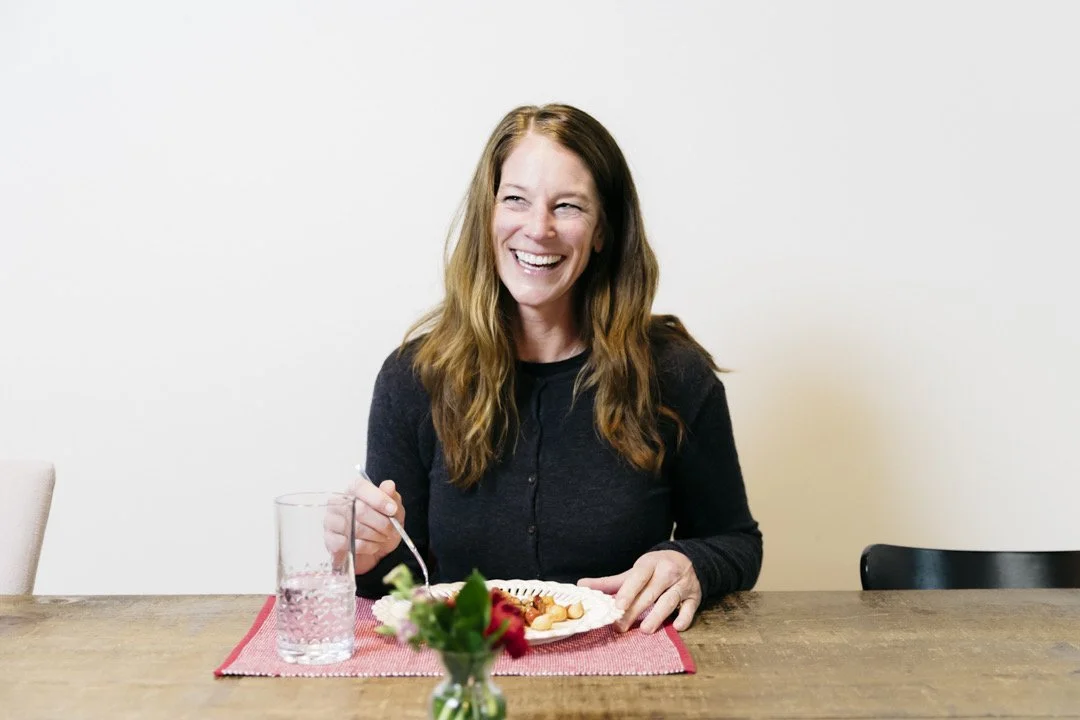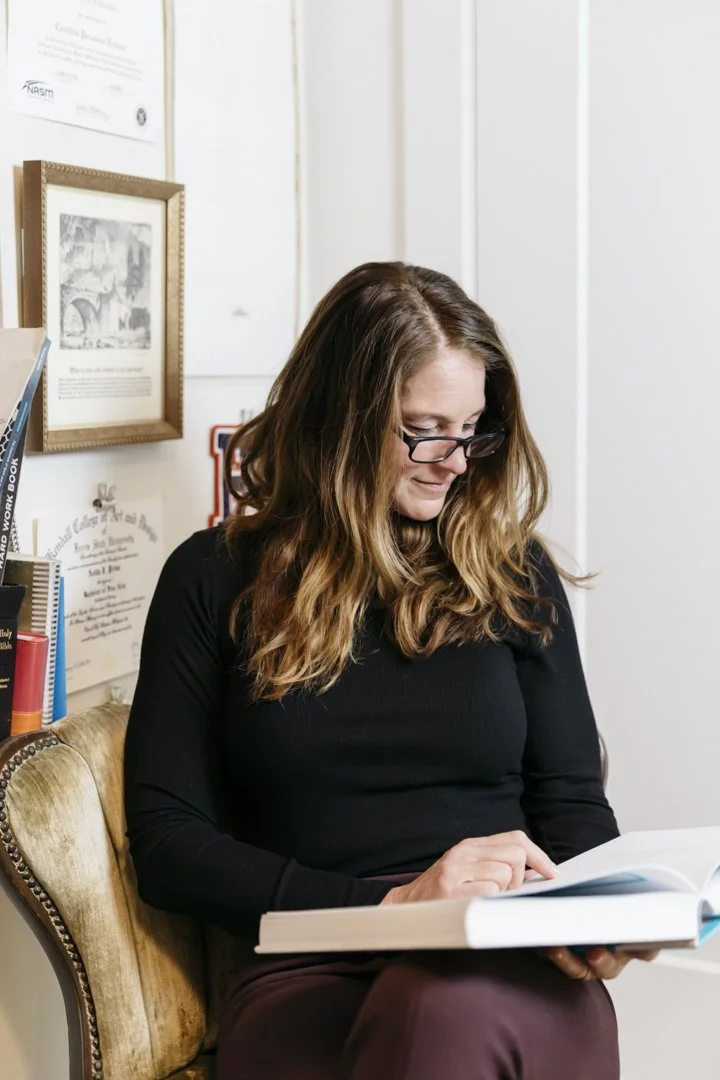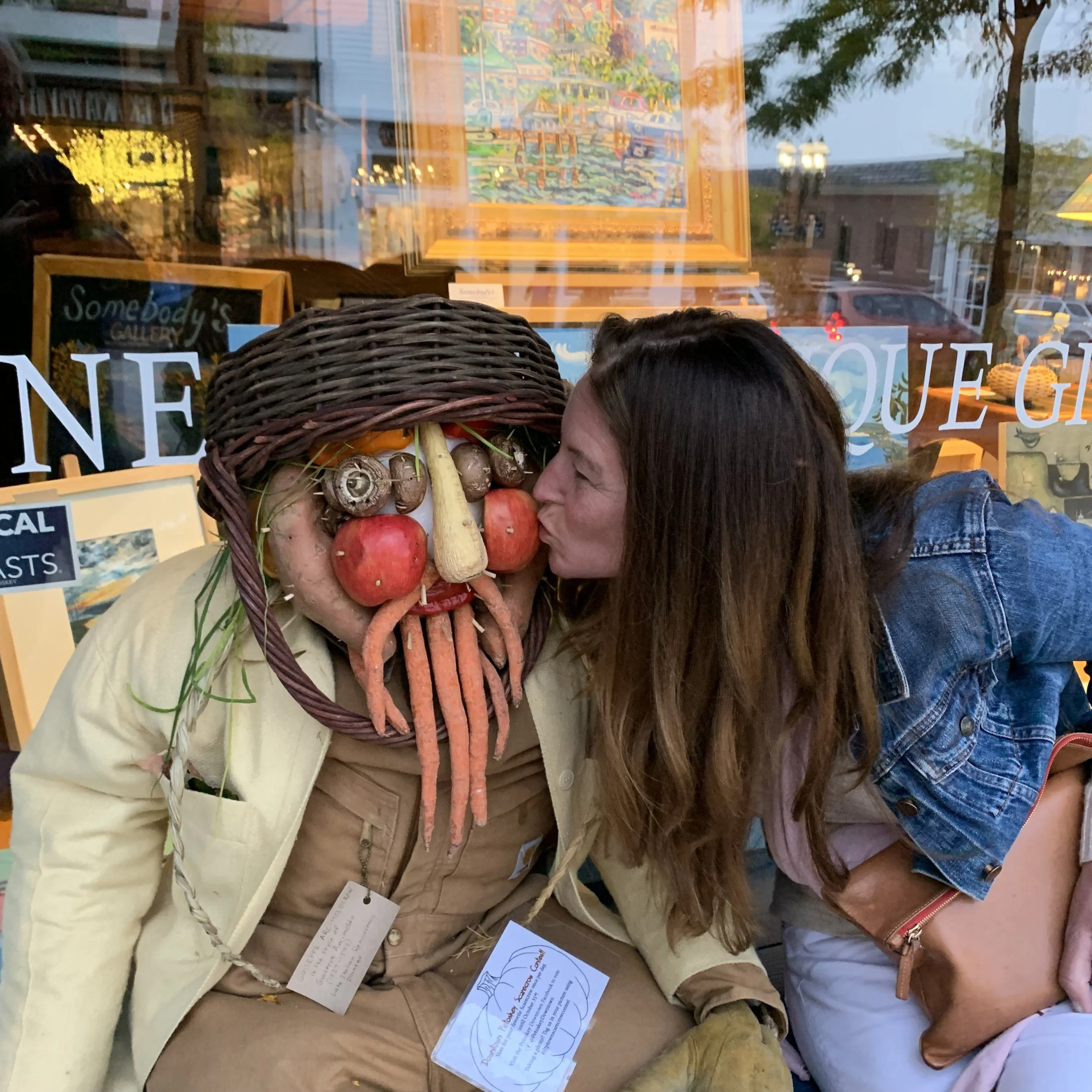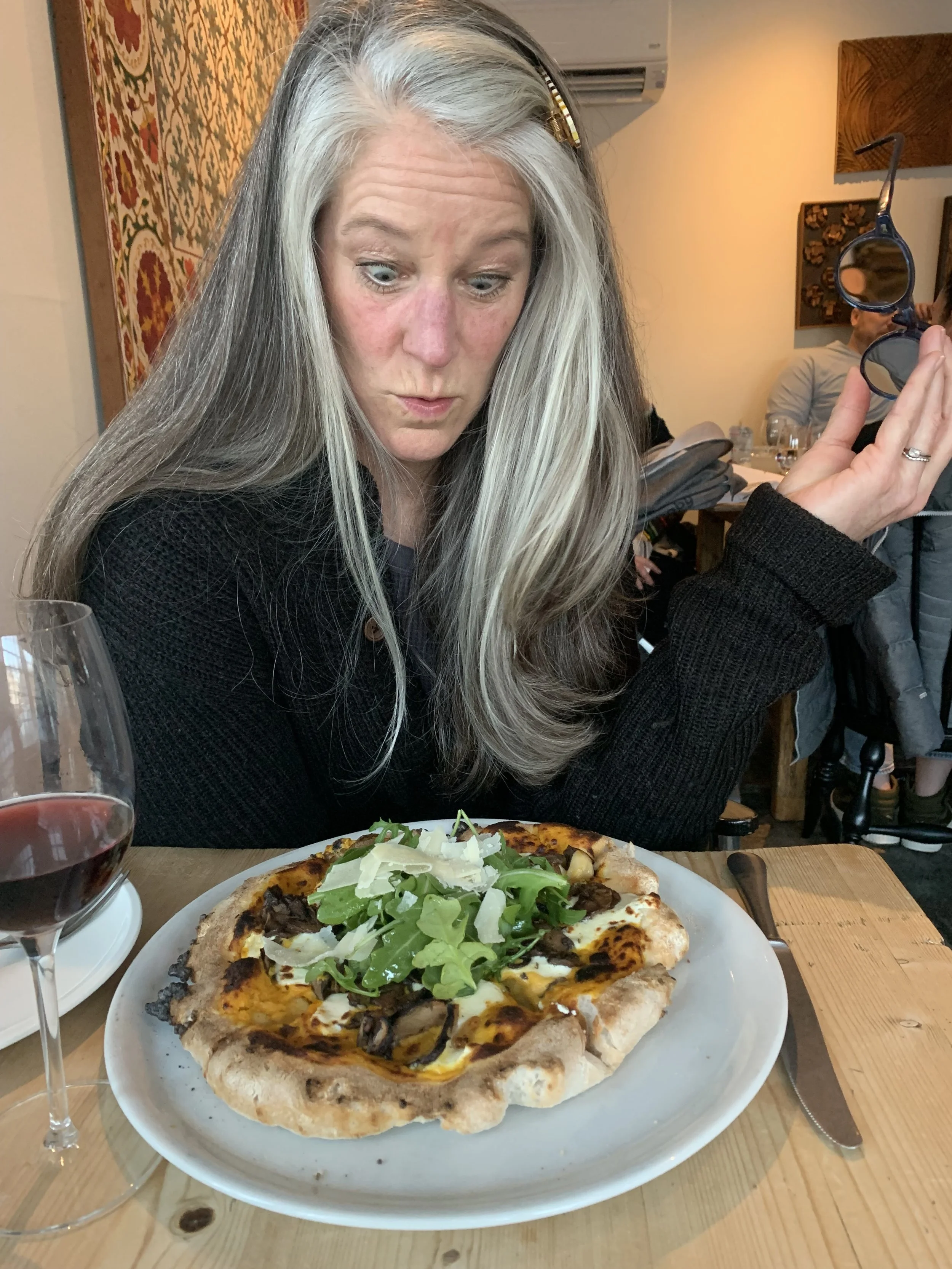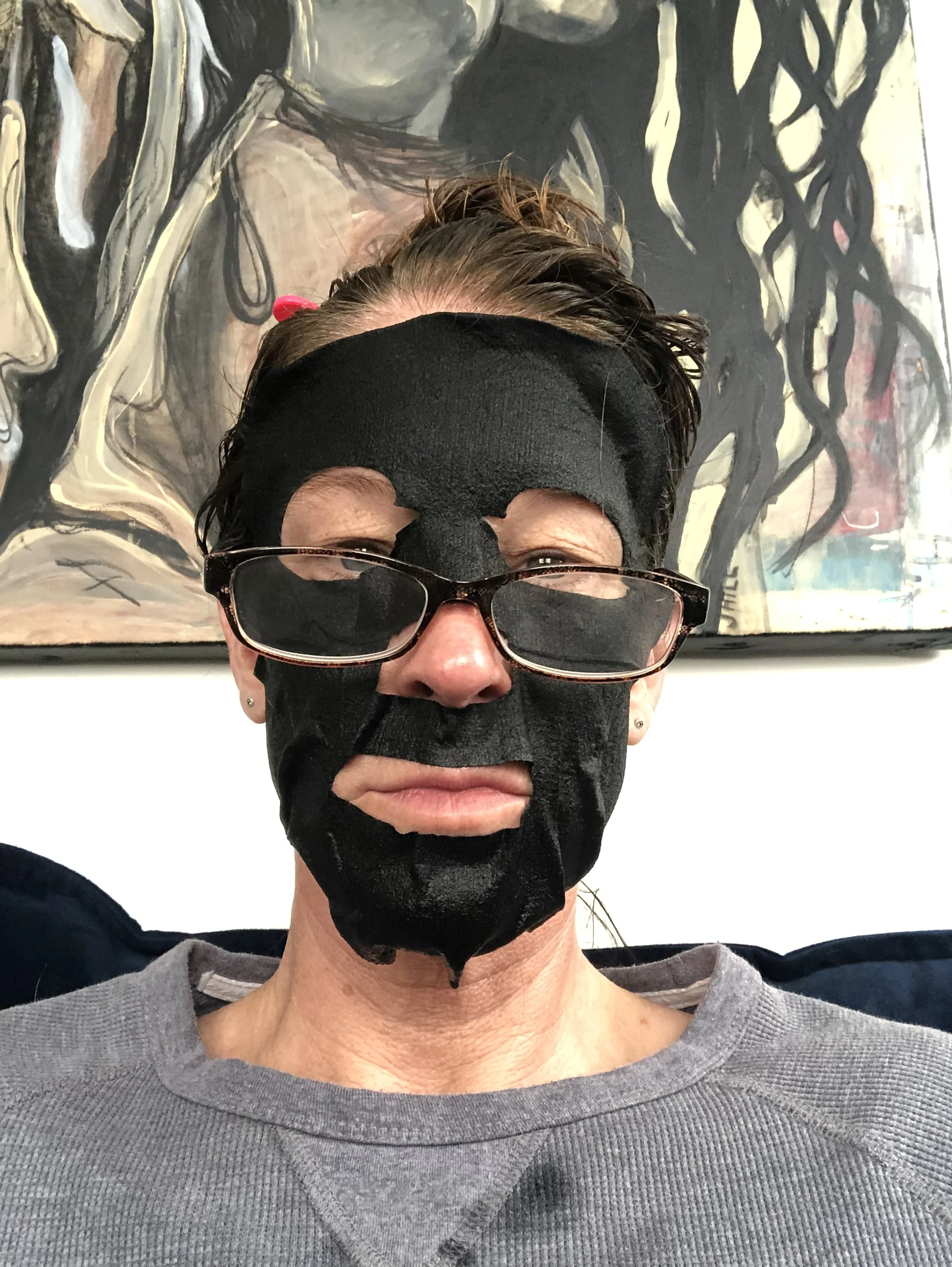Eating lunch alone
Last fall I was in a school district for kiddos who were struggling with social-emotional skills. The first day on site I learned teachers were required to clock-out to eat. Instead of clocking out, most elected to do a “working lunch” — they ate alone at their desks.
Since one feature of lunch is social interaction I wondered, how does this culture model positive social health for these kiddos?
To show you what led my curiosity, on paper or a freeform app draw a stick person to represent you. Then draw circles to represent the key people in your life (i.e. mentors, peers, neighbors.) Next, draw lines connecting circles to show relationships.
After you do this activity reflect on the following:
Where are ties that are strong and positive? Weaker or have conflicts?
Which people move you towards your goals? Opposes or is against your goals?
Which facilitates support or connection? Which are stressors?
The most resilient people tend to have the most robust social support. Social health includes a wide range of people, one or more people who see the genuine “you,” and some type of community that shares your values.
Your interactions aren’t random. There’s some kind of pattern in which you play some kind of role. Since patterns are automatic they can lead you to behave in certain ways without even thinking. Being mindful of your own personal social style will positively impact your health, as well as others.
Below are a few questions to pay attention to your social tendencies.
Where do you find yourself repeatedly again and again when it comes to social situations? Do you have a “Groundhog Day” of relationship patterns?
What’s your contribution? Interaction patterns, tendencies, and impulsive triggers?
How do you “co-create” your role? Is there a habitual position you stake?
How’s that working for you?

